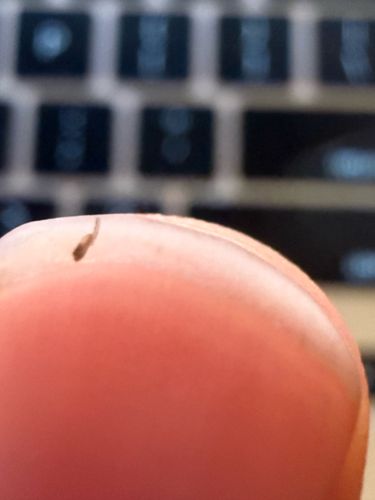Thrips
Scientific Name: Thysanoptera
Order & Family: Order: Thysanoptera, Family: Various (e.g., Thripidae, Phlaeothripidae)
Size: Typically 0.5 to 3 millimeters (0.02 to 0.12 inches) long.

Natural Habitat
Found on a wide variety of plants, including ornamental plants, fruits, vegetables, and field crops. Some species live in leaf litter or under bark.
Diet & Feeding
Most species feed on plant sap by piercing and sucking plant cells. Some species are predatory on other small arthropods, and a few feed on fungal spores.
Behavior Patterns
Thrips are small, slender insects that often congregate in flowers and on new plant growth. They are known to fly, especially when disturbed, but their flight is often weak and fluttery. They can reproduce rapidly, with some species capable of parthenogenetic reproduction (without a male).
Risks & Benefits
Risks: Thrips are significant agricultural pests, causing damage to crops by feeding on plant tissues, leading to discoloration, scarring, and deformation of leaves, flowers, and fruits. They can also transmit plant viruses. Benefits: Some species are beneficial as predators of other small pests like mites and other thrips, contributing to natural pest control.
Identified on: 10/27/2025